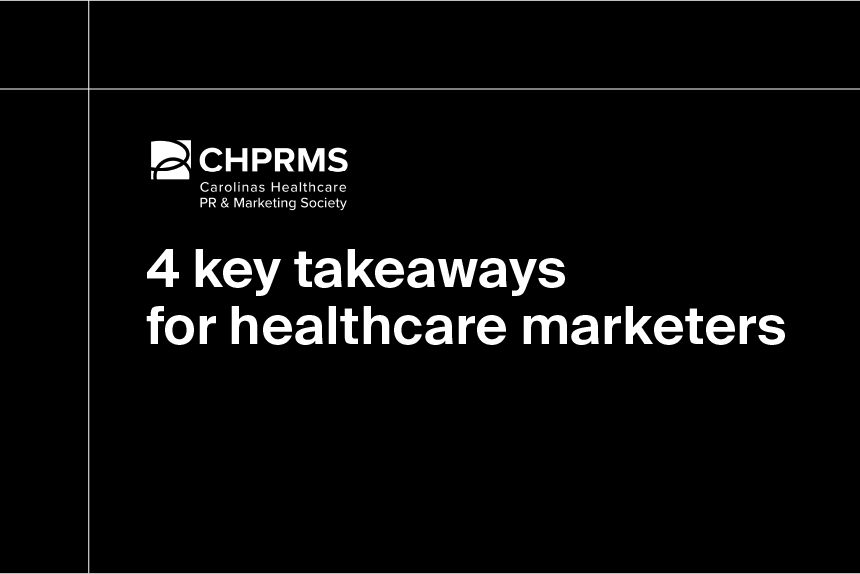Quality care – it’s what we expect when we see our doctors. This expectation of receiving quality over quantity bears the concept of value-based care. The term value-based care can take on many meanings. Generally, value-based care means providers are paid based on the quality of care provided, unlike the fee-for-service model, where providers are paid for the number of services provided.
Value-based care programs started to take off following the passage of the Affordable Care Act in 2010 and kicked off a shift in the way providers delivered care. Through value-based care models, providers are rewarded by the Centers for Medicare and Medicaid Services (CMS) and reimbursed based on quality performance.
With patient care shifting away from the fee-for-service model, not only do patients receive higher quality healthcare services, but they also have the benefit of decreased medical bills, as providers are no longer incentivized to order extra and, in some instances, unnecessary services.
Though value-based care has been a massive step in the right direction for improving health outcomes and reining in costs, it’s no secret that healthcare spending in the U.S. remains high. According to 2021 data, spending per person on healthcare was nearly $13,000. Price transparency, however, could be the next big step in cost control for healthcare services.
What does hospital price transparency look like now?
As much as we expect quality care, we also expect to know what that care will cost so we can make informed decisions about our care, shop around for services, and eliminate as much surprise in our medical bills as possible.
Hospital price transparency, which went into effect on January 1, 2021, requires hospitals to provide pricing information online in a clear and accessible manner for consumers. As outlined by the law, pricing information could be provided in a machine-readable format listing all items and services or as a shoppable display that is consumer-friendly.
This method of informing patients of prices, in theory, should allow individuals to compare prices and choose healthcare services that best fit their needs and budget. Seems simple enough, right? The issue, however, lies with compliance. Patients only benefit when hospitals make this pricing information clear and easy to find. Even though transparent pricing is mandated by law, compliance has initially fallen short.
One study found that in the early months of the hospital price transparency requirements, 83 of 100 sampled hospitals were noncompliant with the federal rule. Compliance wasn’t looking great for the highest-revenue hospitals either, with only 25 of the top 100 complying with the transparency regulations. CMS issued 730 warning notices and 269 requests for corrective action plans by April 2023.
By July 2023, results of 2,000 reviewed hospitals showed that only 36% of facilities were complying with the price transparency rule. As it stands today, CMS is responsible for enforcing the rule, and the penalty following failure to complete a corrective action plan is a civil monetary penalty (CMP) ranging from $300 to $5,500 per day, depending on hospital size.
While the CMPs should be incentive enough for hospitals to comply, it typically takes CMS 195 to 220 days to complete a case cycle. Given that the hospital price transparency rule has only been in effect for just under three years, we expect to see greater compliance as CMS is able to assess and complete more hospital cases.
Price transparency is limited
Price transparency does have its limitations. While the law allows patients to shop for services, it doesn’t currently influence the costs of the services billed in the way programs like value-based care might.
When we talk about hospital price transparency as a way of controlling costs, the control is in patients’ hands. When patients can access a clear list of shoppable healthcare services, they have more control over the services they choose and pay for.
As such, hospital price transparency is not likely to have an immediate impact on healthcare service costs. Patients seeking alternative facilities for services at lower costs, however, could increase competition in the industry. That competition may help to rein in costs industry-wide over time so that organizations remain competitive.
Price transparency can elevate value-based care
So, hospital price transparency alone isn’t going to immediately solve the high costs of healthcare. But combined with other health reform efforts, like value-based care programs, patients can shop for services at lower costs without having to sacrifice quality care.
As part of the CMS Hospital Value-Based Purchasing (HVBP) program, hospitals receive a total performance score based on quality measures such as clinical outcomes, person and community engagement, safety, and efficiency and cost reduction. The total performance scores are public and accessible to patients. Combined with hospital price transparency regulations, patients can have better insight into the quality and costs of services and how they compare among facilities.
Where is price transparency headed?
If all goes to plan with compliance, price transparency could create a financial impact over time for both healthcare organizations and patients. Definitive Healthcare’s HospitalView product tracks financial metrics for hospitals to provide insight into the financial landscape of the healthcare system in the U.S. Start a free trial to learn more.




